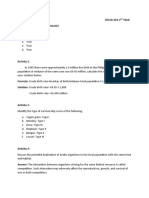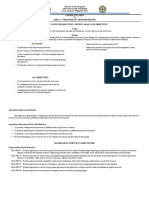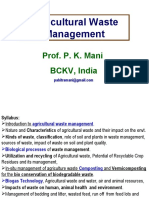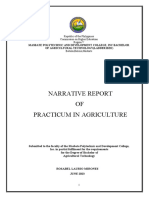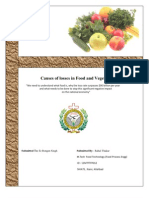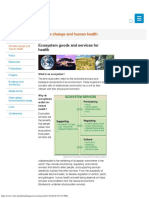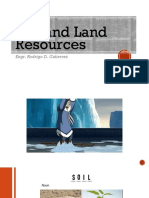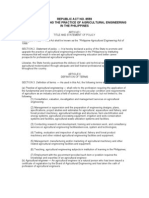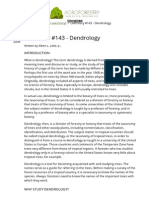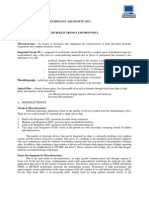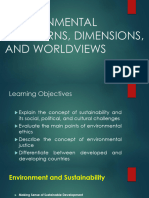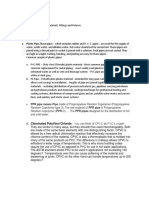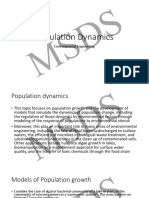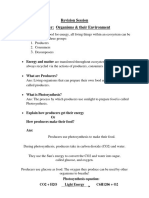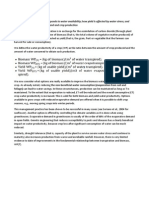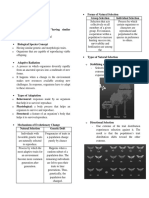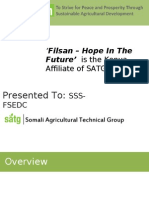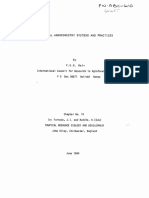0% found this document useful (0 votes)
484 views31 pagesEnvironmental Science & Engineering
The document discusses environmental science and engineering. It covers topics like sustainability, sustainable development, preventive technology, and carrying capacity. It also provides an overview of course requirements for environmental engineering.
Uploaded by
John michael Del rosarioCopyright
© © All Rights Reserved
We take content rights seriously. If you suspect this is your content, claim it here.
Available Formats
Download as PDF, TXT or read online on Scribd
0% found this document useful (0 votes)
484 views31 pagesEnvironmental Science & Engineering
The document discusses environmental science and engineering. It covers topics like sustainability, sustainable development, preventive technology, and carrying capacity. It also provides an overview of course requirements for environmental engineering.
Uploaded by
John michael Del rosarioCopyright
© © All Rights Reserved
We take content rights seriously. If you suspect this is your content, claim it here.
Available Formats
Download as PDF, TXT or read online on Scribd
/ 31







